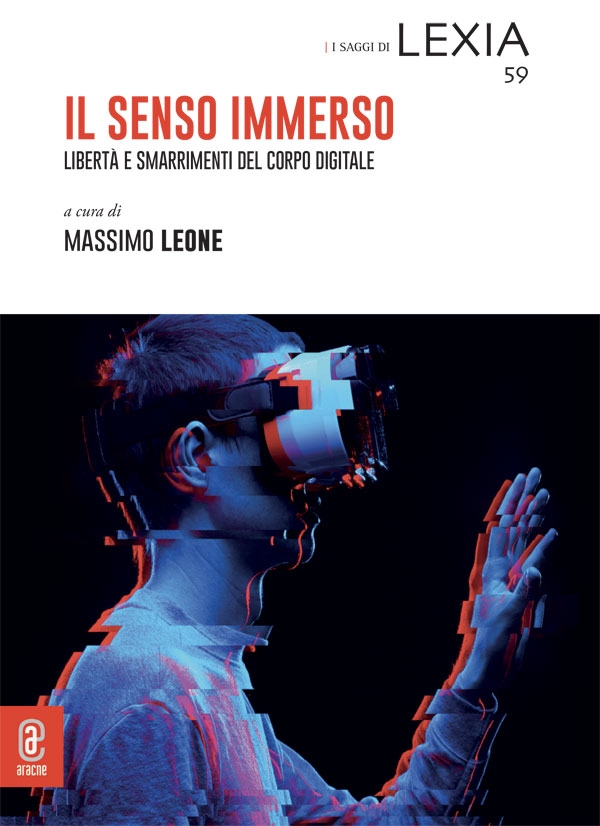Extracted from publication Il senso immerso
Guardare il Titanic. Storia e questioni di una nicchia eco-mediale
DOI: 10.53136/979122181652511
Pages: 225-244
Publication date: February 2025
Publisher: Aracne
SSD:
M-FIL/04 M-FIL/05
In the first section, this article examines the various practices employed to visualize the wreck of the Titanic from its discovery in 1985 to the present day. Particular emphasis is placed on the critical role of media technologies in shaping these visualizations, delineating three distinct phases in the narrative of the wreck. The initial discovery was facilitated by the use of video and electronic media; its widespread dissemination was driven by the production of spectacular 3D film footage; and its current representation is characterized by the datafication of the wreck and the visualization of algorithmic models through extended reality (XR) devices. The second section of the article introduces the concept of the Titanic site as an “eco-medial niche”—a system of dynamic interactions that interconnects and mutually conditions organisms and material resources within a specific environment. Within this framework, the visual practices surrounding the Titanic not only contribute to the transformation and anthropization of the original niche but also facilitate its relocation into new contexts, including television, cinema, and extended reality environments. Notably, extended reality and immersive media exhibit two key characteristics. First, akin to the original eco-medial niche but in contrast to previous media forms, they function as thick media—dispositives whose material configurations exert a particularly invasive and compelling influence on the organisms engaging with them. Second, and again in contrast to earlier media, these dispositives enable an expanded range of interactions and reciprocal presences among organisms, objects, images, and technological devices.


